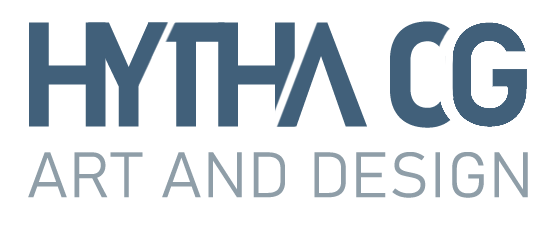The Tribune Tower Contest: 1920s Skyscraper Architecture
Writing by Mark Houser
Exactly 100 years ago, in 1922, the Chicago Tribune held an international competition for the architect who could design the world’s most beautiful office building. The newspaper was growing rapidly and had decided to locate its presses and highrise along the newly widened North Michigan Avenue, across the Chicago River from the city’s traditional downtown “Loop.”
A Chicago Landmark
More than 260 entries were received from architects around the world. The winning design by John Howells and Raymond Hood of New York was a Gothic carved-stone edifice inspired by Rouen Cathedral. Gothic highrises were well known in Manhattan then, including the world’s tallest skyscraper, the Woolworth Building. Tribune Tower inspired a spate of Gothic skyscrapers in the Windy City.
Left to right: Winning entry by Howells & Hood, second place by Eliel Saarinen, and third place by Holabird & Roche.
Winners of the tribune Design Competition
The winning design, while much admired, also drew criticism for being rooted in the past. A late entry by Finnish architect Eliel Saarinen that captivated the judges and was awarded second place went on to become an influential precursor to Art Deco skyscraper forms. Third place was awarded to Chicago's Holabird & Roche, one of ten prestigious architectural firms formally invited to enter the contest.
Left to right: Contest entries by German architects Bruno Taut and Walter Gropius and Chicago architect Paul Gerhardt.
Futuristic architecture
Contest materials and coverage in the newspaper hinted that the judges would favor a design with stylistic nods to historic architectural forms. That did not deter some entrants from proposing radical new skyscraper designs. Many of those were from Germany, where the Bauhaus movement led by Walter Gropius would lead to the International Style and set a highrise template for the 1950s and beyond.
Stone flying buttresses circle the top of Tribune Tower.
The Spider on Top
Eight flying buttresses surround the tower's upper stories, arching over what was once a public promenade. Unlike in Gothic cathedrals, where they give critical support that enables great stained glass windows in the load-bearing walls, the buttresses in Tribune Tower are strictly for show. Influential Chicago architect Louis Sullivan derided the tower with "the spider on top."
Detail of the top of the entryway arch showing co-editors Robert McCormick (left) and Joseph Patterson serving in combat during WWI.
Bosses Over the Doorway
Like a proper Gothic cathedral, Tribune Tower is adorned with stone carvings and ornamentation rich with symbolic meanings. Publisher and editor Robert McCormick and his cousin and co-editor Joseph Patterson both served in combat in World War I and are depicted in combat at the entrance arch. McCormick is depicted spotting for artillery with a telescope, while Patterson is shown suffering from a poison gas attack.
The Wrigley Building and Tribune Tower both rise above recently widened Michigan Avenue north of the Chicago River in this 1925 aerial photo.
Leaving the Loop
The Wrigley Building was the first skyscraper in Chicago to be built outside the Loop, the city's central downtown section that takes its name from the cable car lines that once encircled it. When Tribune Tower became its neighbor across the street, the two showpiece edifices had clear views to the lake and to the north. Subsequent skyscrapers have now intervened to obscure the horizon from these classic highrises.
ANNOTATED ARCHITECTURAL PRINT
Starting at $100
Each graphic print of the Highrises project is printed and fulfilled by the artist Chris Hytha himself. Prints come signed and numbered limited to only 100 editions. The graphic is printed on 13” x 19” Canon semi-gloss photo paper.
Chicago Highrises Phone Wallpapers
$10
Take your pick from 16 Highrises phone wallpaper screens showing the historic skyscrapers of Chicago. Choose from Art Deco, Gothic, and other classics of a century ago and more. Chicago is known the world over for its skyscrapers towering over Lake Michigan. Each image comes from the Highrises collection of high-res artistic composite drone photography digitally enhanced for incredibly detailed views of these attractive antique skyscrapers.









